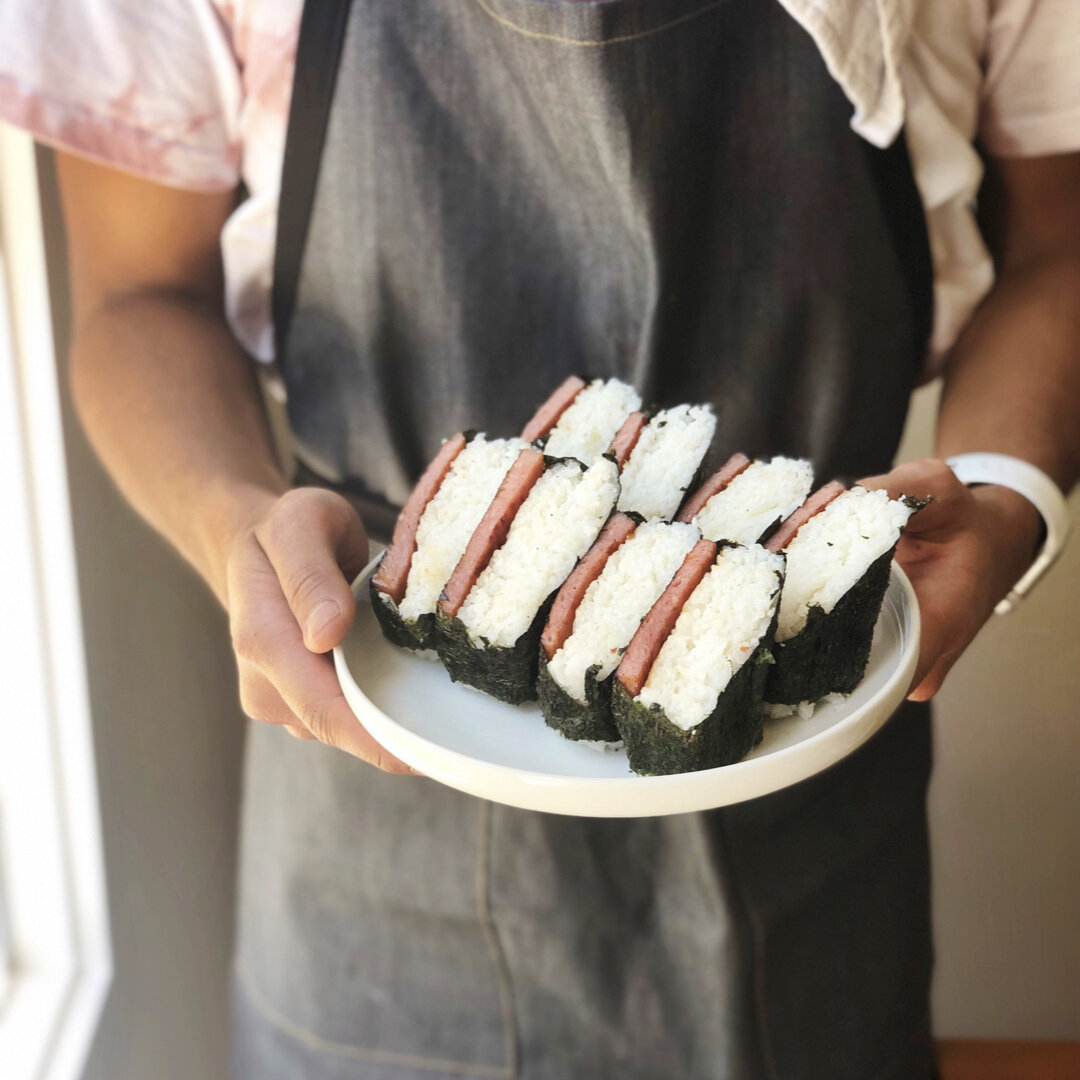Andagi (Okinawan Doughnuts)
Meet the Japanese old-fashioned doughnut popular in Hawai’i.
The backstory
When I think about andagi, I think about my mom and stepdad. You know how in a relationship when one person likes to eat something and they love it even more when the other person makes it for them? And both find joy in the making and sharing of it? That’s andagi for them.
For those who have never had this Japanese-style doughnut, think of it as if an old-fashioned and a cake doughnut had a beautiful doughnut hole baby. Andagi is crunchy on the outside and cakey in the middle with a hint of citrus. According to Wikipedia, they are native to Southern China and found their way to the Japanese prefecture of Okinawa and eventually ended up in my childhood mouth growing up in Hawai’i. Besides in my mom’s kitchen, andagi are usually found at Obon festivals - or bon dances - throughout the islands during the summer months. To my Minnesotans reading this, andagi are to these summer festivals as mini doughnuts are to the State Fair. Did you even go to the fair if you didn’t have a bag of mini doughnuts? Not when you’re married to Eric.
Now I know what you’re thinking. You want me to deep fry? I get it. It’s not for everyone. Standing over hot oil while balls of dough dance to a golden brown crisp might not be your ideal weekend morning. But, you’re missing out. And for those who might feel nostalgic over having to miss their favorite Obon this year due to the pandemic, I hope this recipe connects you back to a bon dance memory and has you doing your favorite dance steps while making your andagi.
If you’re wondering what a bon dance is, watch this video from my dad’s temple Moiliili Hongwanji. This is one of the largest bon dances in the state.
The recipe
Andagi (Okinawan Doughnuts)
Makes 3 dozen
Time: About 30-40 minutes
Tip: A 1.5 tbsp cookie scoop will help the frying process go smoothly and keep the andagi uniform.
Ingredients:
4 eggs
1 1/2 cup white sugar
1 cup evaporated milk (or 3/4 cup whole milk and 1/4 cup heavy whipping cream)
1 tbsp vegetable oil
1 tbsp lemon extract
4 cup flour ( I used whole wheat, but all purpose or 50/50 works)
1 tbsp baking powder
Pinch of salt
Vegetable oil for deep frying (I used an entire 48-oz bottle)
Instructions:
Mix the wet (eggs, sugar, milk).
Add in oil and lemon extract.
Mix in the dry (flour, baking powder, salt)
Add extra milk, one splash at a time, if mixture seems too dry. It should be stickier than a quick bread mix and wetter than cookie dough.
On medium heat, heat your oil in a relatively deep pot. I used my 5-qt. enameled cast iron pot. You want to make sure the balls of dough can be completely submerged in the oil. While the oil heats up, do a bit of clean up and get your frying station ready. Line a baking sheet with two layers of paper towel to drain your andagi after frying.
How you know your oil’s ready. Dip a wooden chopstick or spoon in the oil. If it steadily bubbles, it’s ready. If the bubbling is v aggressive, turn the heat down a notch. If no bubbles pop up, it’s not hot enough.
Once your oil is ready, start scooping! In my pan, I was able to do a dozen at a time.
Once the balls of dough are in, watch them dance. You’re looking for a golden brown color all around. You’ll even see them flip themselves after 2 minutes or so. In total, they may take about 5-6 minutes. For my perfectionists, before you start making a dozen at a time, try one and see what the cooking time is. You want a golden brown coloring, crispy outside and cakey middle.
I like to use a pair of long wooden chopsticks to turn and pickup the andagi. Tongs will also work.
That’s it - enjoy! Store in an air-tight container at room temp if you don’t finish them while they’re fresh. Make a little baggie out of parchment paper and share with friends and neighbors.
Save to Pinterest and pass on the inspo.








